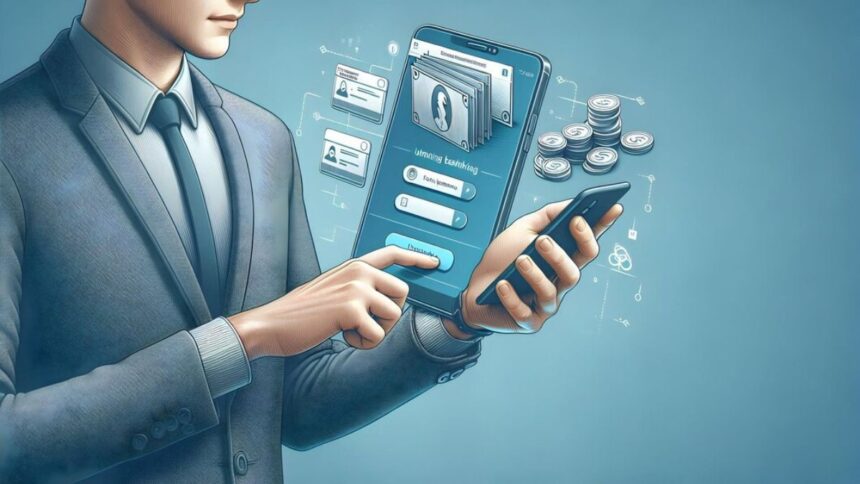Have you ever received a call from 6462281081 an unfamiliar number and wondered where it came from? Take, for instance, the phone number 6462281081. It might seem like just another string of digits at first glance, but there’s a fascinating story behind it. Phone numbers have evolved significantly over time, each with its own rich history that reflects changes in communication technology and societal needs.
In this article, we’ll unravel the mystery surrounding 6462281081 by exploring the origins of phone numbers, how area codes emerged, and what this specific number signifies today. Whether you’re curious about telecommunication history or simply trying to identify that elusive caller, join us as we delve into the captivating world of phone numbering systems!
The History of Phone Numbers
The journey of phone numbers began in the late 19th century. When telephones were first introduced, there was no need for standardized numbering systems. Operators manually connected calls using names or locations.
As the number of phones grew, so did the complexity of managing connections. By the early 1900s, cities implemented numbering schemes to streamline communication. Each subscriber was assigned a unique identifier, which made dialling much easier.
With time, area codes became essential as telephone networks expanded beyond city limits. The North American Numbering Plan (NANP) was established in 1947 to create a systematic approach to phone numbering across Canada and the United States.
This plan introduced three-digit area codes that identify geographic regions while allowing for direct long-distance dialing without operator assistance—an innovation that transformed communication forever.
The Evolution of the North American Numbering Plan
The North American Numbering Plan (NANP) was established in 1947 to streamline phone communication across the United States and Canada. It introduced a standardized system for assigning area codes, allowing easier dialing nationwide.
Initially, each area code represented geographic regions, making it simple to identify where a call originated. As technology advanced and demand increased, the need for more numbers became evident. This led to an expansion of area codes throughout the decades.
By the late 20th century, changes emerged with overlays and split codes. These adaptations ensured that growing populations could maintain access without disrupting existing lines or requiring extensive reprogramming.
Today’s NANP supports millions of mobile devices and VoIP services as well as traditional landlines. The evolution reflects how society’s needs shape telecommunication systems over time.
The Origin of Area Codes
Area codes have a fascinating history rooted in the need for efficient communication. Introduced in 1947, they were part of the North American Numbering Plan (NANP). This plan aimed to standardize phone number formats across multiple regions.
The original purpose was simple: manage an increasing volume of telephone calls. As cities grew and populations swelled, it became clear that local exchanges alone couldn’t keep up with demand.
Each area code corresponds to a specific geographic region. For instance, 212 is synonymous with Manhattan, evoking images of bustling streets and iconic landmarks.
Interestingly, these codes are not just random numbers; they often reflect historical or geographical significance tied to their locations. Over time, new area codes emerged as technology advanced and mobile phones proliferated.
As we continue using numbers like 6462281081 today, it’s essential to remember this rich history behind them.
What Does 6462281081 Mean?
The phone number 6462281081 breaks down into several components that tell us about its origin and purpose.
Starting with the area code, 646 is primarily associated with New York City. This vibrant metropolis is known for its fast-paced lifestyle and diverse culture. The prefix, 228, narrows it down further but doesn’t necessarily indicate a specific geographic location within NYC.
The remaining digits carry individual significance as well. They can represent anything from personal contacts to businesses or services in the area. Each time someone dials this number, they connect with an array of possibilities.
Understanding what these numbers signify enhances our comprehension of telecommunication systems and how we interact today. It highlights the importance of every digit in conveying essential information beyond mere communication.
Interesting Facts About Phone Numbers
Phone numbers have a fascinating history that spans more than a century. Did you know that the first phone number ever assigned was to Alexander Graham Bell himself? It was simply “1.”
Additionally, the concept of area codes emerged in 1947 when AT&T introduced the North American Numbering Plan. This change helped streamline calls across long distances.
Another intriguing fact is that not all phone numbers are created equal. Some carry specific meanings or cultural significance depending on their digits. For instance, many people believe that certain combinations can bring good luck.
Moreover, vanity numbers—like 1-800-FLOWERS—allow businesses to create memorable contact points for customers. These clever uses of letters and numbers help enhance brand recognition.
With technology advancing rapidly, virtual phone numbers are gaining popularity. They offer flexibility without being tied to a physical location.
How to Decode Phone Numbers
Decoding phone numbers can be an intriguing task. Each number holds specific information that reveals its origin and usage.
Start with the area code. For instance, in 6462281081, the “646” identifies a region within New York City. Understanding the geographical implications adds context to who you might be calling.
Next, look at the central office code. This part narrows it down further, connecting to a particular exchange or service provider in that area.
Consider the line number itself. It’s unique to each subscriber and doesn’t provide extra insight but is essential for routing calls correctly.
Patterns sometimes emerge when analyzing multiple numbers from similar areas or providers. These patterns can help predict whether a call is likely spam or legitimate based on historical data from those prefixes.
Conclusion
Understanding the origins and significance of phone numbers like 6462281081 opens a window into communication history. From the early days of telephone exchanges to today’s digital era, phone numbers have evolved significantly.
The North American Numbering Plan has made it simple to identify geographic locations through area codes. Each number tells a story, revealing where it originated and how it’s been used over time.
As you decipher your own or someone else’s phone number, remember that each digit carries meaning beyond mere identification; it’s part of a larger system designed for connectivity.
So next time you see 6462281081 or any other number flash on your screen, take a moment to appreciate the journey behind those digits. Whether you’re connecting with friends or conducting business, every call contributes to an ongoing narrative woven throughout our global society.



